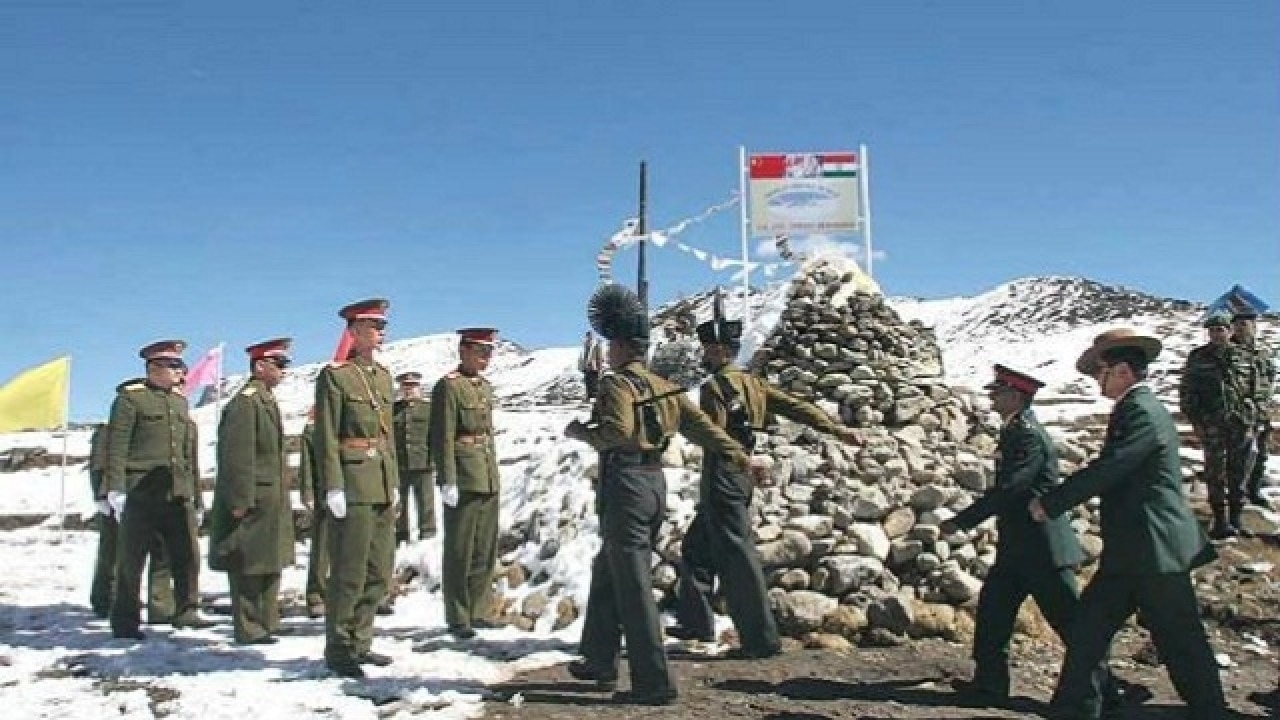
Fifty five years after the 1962 war, the military stand-off in the Sikkim sector is the worst crisis in which India and China are locked. Two, as former foreign secretary Shyam Saram said, “This is the first time that Indian forces have engaged China from the soil of a third country.” That is official confirmation of the Indian Army at the tri-junction of Sikkim, Bhutan and Tibet being in Bhutanese territory, where the People’s Liberation Army already has a presence though this area is a matter of dispute between Bhutan and China. Three, this is a naked hard-power show of force by India and China where, as things stand, an irresistible force is facing an immovable force; and, both are literally sticking to their guns. Four, a somewhat similar face-off in 1962 – at the Dhola post where the two armies refused to budge – raised tensions resulting in war.
Unless both sides act to defuse the crisis, this situation, like the one in 1962, could take a turn for the worse. Given the nature of this flare-up, this has to be viewed through the prism of hard power.
Why is China doing this?
This is China’s carefully calculated response to “provocations” that have damaged a relationship they had built up over the years. The Chinese feel seriously threatened by these provocations, especially India joining hands with the US as its most important non-NATO defence partner.
India’s boycott of the One Belt One Road (OBOR) Forum, just a month before trouble erupted in Doklam, also hurt China. India’s rejection of OBOR apparently because of its China-Pakistan Economic Corridor (but actually because it is seen as a strategy to contain and encircle India) came close on the heels of other unfriendly acts such as: the visits of the US ambassador and the Dalai Lama to Arunachal Pradesh; bracketing China with Pakistan in the campaign to isolate the later as a safe haven for terrorists; blaming China for UN not blacklisting Masood Azhar; painting China as the sole villain for India’s failure to become a member of the Nuclear Suppliers Group (NSG); and, New Delhi’s high-profile anti-China diplomatic activism on the South China Sea issue.
Given this burden of grievances, it was only to be expected that Beijing would strike back. And, Doklam provided the very opportunity it was seeking to corner India with the blunt message: Back off and quit Bhutan, or prepare to be chased off. When Foreign Secretary S Jaishankar said that China is being “unusually aggressive”, perhaps, he meant the absence of any opening for a diplomatic initiative to end the military impasse.
Even as Beijing refuses to back down, New Delhi cannot be the one that blinks. In formal terms, India is treaty-bound to defend Bhutan. But, treaty or no treaty, national security considerations preclude India loosening its grip over Bhutan, for then China would gain control of the Himalayan kingdom. It is precisely to pre-empt Chinese designs in Bhutan and thwart the PLA from extending itself beyond Bhutan towards India’s North-east, that the Indian Army crossed the international border.
In dealing with Pakistan, India has, at times, matched its words with deterrent military action, including “surgical strikes”. However, any military move to resolve the deadlock in the Doklam may backfire. China is not Pakistan. With a US in retreat from its global role, China is the biggest player on the world stage. China’s role is central to global leadership on any and every issue; and, the international community is unlikely to support India in any confrontation with China.
The stark truth is that India has to fend for itself. There are no allies or friends it can count upon in this confrontation. India’s US tilt has provoked China to raise the stakes.
The stakes in this tussle are nothing less than the Himalayan people and their land. Neither side can afford to be seen as the loser. Both India and China need a face-saver for restoration of the position that prevailed before June 6. The alternatives would only further militarise India-China relationship, and for the worse.